There can be your advertisement
300x150
9 Floors of Soviet Pragmatism: Why the USSR Massively Built Nine-Story Buildings
History of standard high-rise buildings
We explore why so many nine-story houses exist in post-Soviet space, what series existed and how to distinguish them. We also share tips for those planning to buy an apartment in a Soviet nine-story building.
If you grew up in Russia or former Soviet republics, you either lived in a nine-story building or had relatives or friends who did. These buildings became such a familiar part of the urban landscape that we rarely think: why exactly nine floors? Why not eight or ten? It turns out, behind this 'magical' number lies a series of pragmatic calculations, technical limitations and even bureaucratic tricks.
- Nine-story buildings allowed bypassing regulations requiring mandatory elevator installation, which was only required from the 10th floor, although elevators were installed in them anyway.
- This was an ideal compromise between the economy of five-story buildings and high-density construction: on the same plot of land, almost twice as many people could be housed.
- More than 20 series of Soviet nine-story buildings existed, the most common being Series 504, P-44 and Series 137.
- In some series of nine-story buildings, a good layout rearrangement is possible, making them attractive for modern renovation.
Elevator that was hardly counted
One of the main reasons for the popularity of nine-story buildings in the USSR was a clever game with regulations. According to building codes and rules (SNiP), elevators in residential buildings were mandatory starting from the 10th floor. It seemed obvious that saving money was evident — build a nine-story building and avoid expensive elevator equipment.
But there's an interesting nuance: in most Soviet nine-story buildings, elevators were actually installed! The reason is another clause of the same SNiP which stated that if the height difference between the entrance level and the floor of the top story exceeds 14 meters, an elevator installation is still mandatory. In a nine-story building, this difference was about 24 meters.
So what was the point? It turned out that for nine-story buildings, there were less strict requirements for elevator equipment. Elevators with lower load capacity, slower speed and simpler control systems could be installed. According to some estimates, this saved up to 15–20% on elevator maintenance compared to ten-story buildings.
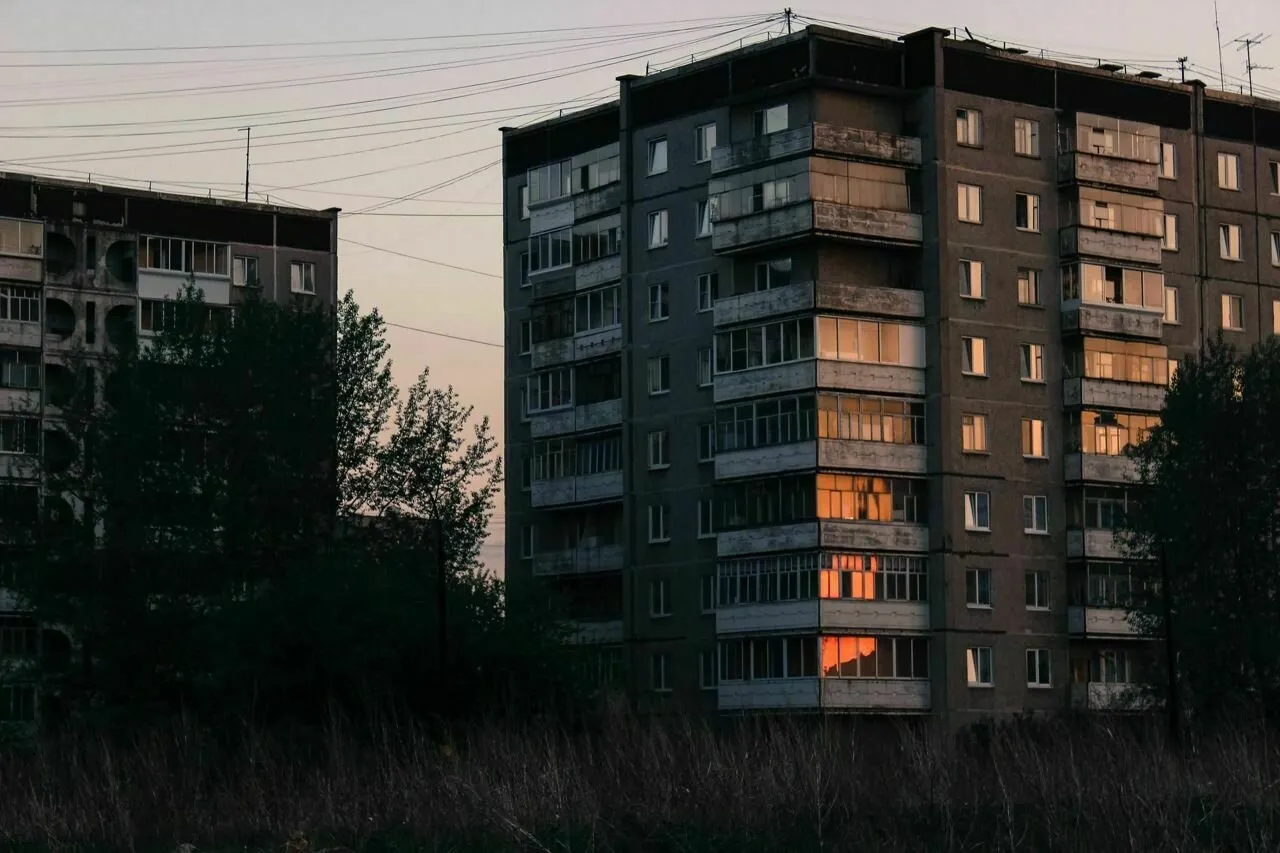 Photo: freepik.com
Photo: freepik.comPerfect balance between costs and density
The time of building nine-story buildings coincided with a period when the Soviet authorities faced an ambitious task — to provide separate apartments for as many families as possible. Khrushchev's five-story buildings no longer met growing demand.
Simple math showed that on the same foundation and plot of land, a nine-story building could house almost twice as many apartments as a five-story one. At the same time, unlike 12–16-story buildings, constructing nine-story buildings did not require significant reinforcement of the foundation and load-bearing structures.
Interesting fact: according to studies by Soviet economists, building one square meter in a nine-story house was only 3–5% more expensive than in a five-story one, but gave almost double the living area per unit of land. From an economic standpoint, this was nearly ideal.
Housebuilding factories: tuned for 'nine'
In the 1960s–1970s, panel housebuilding developed actively in the USSR. Throughout the country, housing construction plants (HCPs) were built that produced ready-made reinforced concrete elements for assembling houses.
The production lines of these factories were designed to produce standardized panels for buildings of a certain height. And most often, this was exactly the nine-story configuration. Reconfiguring these lines to produce panels for buildings of different heights required significant costs and time.
Little-known fact: by the end of the 1970s, more than 400 housing construction plants were operating in the USSR capable of producing elements for constructing over 70 million square meters of housing per year. About 60% of this volume was specifically for nine-story buildings.
Geology and seismics also mattered
Another factor influencing the choice of a nine-story configuration was geological and seismic conditions in many regions of the USSR.
In areas with high seismic activity (for example, on the Caucasus, in Central Asia, on the Far East), building codes imposed restrictions on building height. Nine-story buildings often became the maximum allowable height for many territories with seismic activity of 7–8 points.
Moreover, in many cities, especially built along rivers (Moscow, Kyiv, Minsk), groundwater is located quite high. Building structures above nine floors required deeper and more expensive foundations, which significantly increased construction costs.
Not all nine-story buildings are the same: popular series
Many people think that all Soviet nine-story buildings are identical, but this is far from true. Over the years of mass construction, more than 20 different series of nine-story buildings were developed that differed in apartment layouts, wall materials, elevator and garbage chute placement.
 Photo: freepik.com
Photo: freepik.comSeries 504 (505):
One of the most common series in Moscow and other large cities. The main distinguishing feature is three identical entrances with two apartments per floor each. Walls made of reinforced concrete panels, floors are reinforced concrete slabs 14 cm thick. Apartments in these buildings have relatively large kitchens (7 to 9 sq m) and separate bathrooms.
Series P-44:
These houses were mainly built in the 1980s. They are easily recognizable by their distinctive bay windows, which visually stand out on the facade. The kitchens in this series are spacious (8 to 10 sq m) and entryways. Another feature is high ceilings (around 2.64 meters), which was considered luxury by Soviet standards.
Series 137:
The recognizable feature of this series is loggias that run across the entire width of the facade. In some variants, there are apartments with two loggias. These buildings have good thermal insulation but relatively small kitchens (around 6 sq m).
What you need to know if buying an apartment in a nine-story building
Despite their solid age (many of these buildings are over 40–50 years old), apartments in Soviet nine-story buildings remain in demand on the real estate market. But before purchasing, a few important points should be considered.
Utilities may require replacement
In most Soviet-era nine-story buildings, steel water supply pipes and cast iron sewer pipes were originally installed. The normative service life of these is 25–30 years, so in buildings without capital repairs, these utilities are likely worn out.
Tip: before purchasing, find out when the last capital repair of water supply and sewage systems was conducted in the building. If no such information is available or if the repair was long ago, plan for replacing pipes in your apartment.
Renovation possibilities depend on the building series
Not all nine-story building series are equally suitable for modern renovations. For example, in brick nine-story buildings, only outer walls and stairwell walls are load-bearing, which gives more freedom for changing interior space.
However, in panel buildings of Series P-44 or 504, many internal partitions may be load-bearing, which significantly limits renovation options.
Tip: before purchasing, check the building's technical passport and consult with an architect on renovation possibilities for a specific series.
Sound insulation is a weak point of many series
One of the most common complaints from residents of panel nine-story buildings is insufficient sound insulation. This especially affects series with thin (8–10 cm) inter-apartment partitions.
Tip: during renovation, budget for additional soundproofing of walls adjacent to neighboring apartments, as well as ceilings and floors.
Electrical wiring often requires full replacement
In most Soviet nine-story buildings, aluminum electrical wiring was originally installed designed for loads of no more than 1.5–2.5 kW per apartment. For modern needs (when several high-power appliances can operate simultaneously in one apartment), this is clearly insufficient.
Tip: when buying an apartment in a Soviet nine-story building, plan for full replacement of electrical wiring with increased cable cross-sections.
Modern fate of nine-story buildings: renovation or reconstruction?
Over time, the question of what to do with a large number of aging nine-story buildings becomes increasingly relevant. Different cities and countries of the former USSR approach this issue differently.
Moscow experience: from demolition to renovation
In Moscow, initially it was planned not only to demolish five-story buildings but also some series of nine-story residential buildings. However, these plans were mostly abandoned later. Most nine-story buildings are included in capital repair programs that involve replacing utilities, facade and roof repairs, and elevator replacements.
At the same time, separate series of nine-story buildings recognized as emergency or technically outdated were included in renovation programs and will be demolished.
European approach: modernization instead of demolition
An interesting experience is from Eastern European countries (Czechia, Poland, former East Germany), where similar panel houses are not demolished but modernized: facades are insulated, windows replaced, modern elevators installed, engineering systems updated.
This approach allows significantly extending the building lifespan (some estimates suggest up to 30–50 more years) and improving residents' quality of life without the need for large-scale new construction.
Nine-story buildings in popular culture: more than just houses
Over decades, Soviet nine-story buildings have become not only a type of housing but also a significant phenomenon in popular culture.
They appear in films as symbols of ordinary, everyday life ("Moscow Doesn't Believe Tears", "Irony of Fate", "Autumn Marathon"). The characteristic entrances of nine-story buildings are recognizable in rap music videos as images of residential areas. Some designers even release clothing and accessory collections with prints depicting typical Soviet nine-story buildings.
The future of nine-story houses
Despite their considerable age, most Soviet-era nine-story buildings will likely stand for many more decades. Originally, the designed service life was 50 years, but modern inspections show that with proper maintenance, they can last 70–80 or even more years.
The main challenge for these buildings today is not physical wear of load-bearing structures but moral obsolescence in layouts and engineering systems. Modern housing standards require more spacious kitchens, storage spaces, improved thermal insulation and energy efficiency.
Nevertheless, Soviet-era nine-story buildings will continue to be part of the urban landscape in post-Soviet countries for a long time, silent witnesses of an era of mass standard housing construction when solving the housing issue for millions of families was more important than architectural diversity and individual layouts.
And for thousands of people, these standard high-rises will forever remain simply home — a place where childhood passed, to which one returns after study or work, where loved ones lived and important life events occurred.
Cover: freepik.com
More articles:
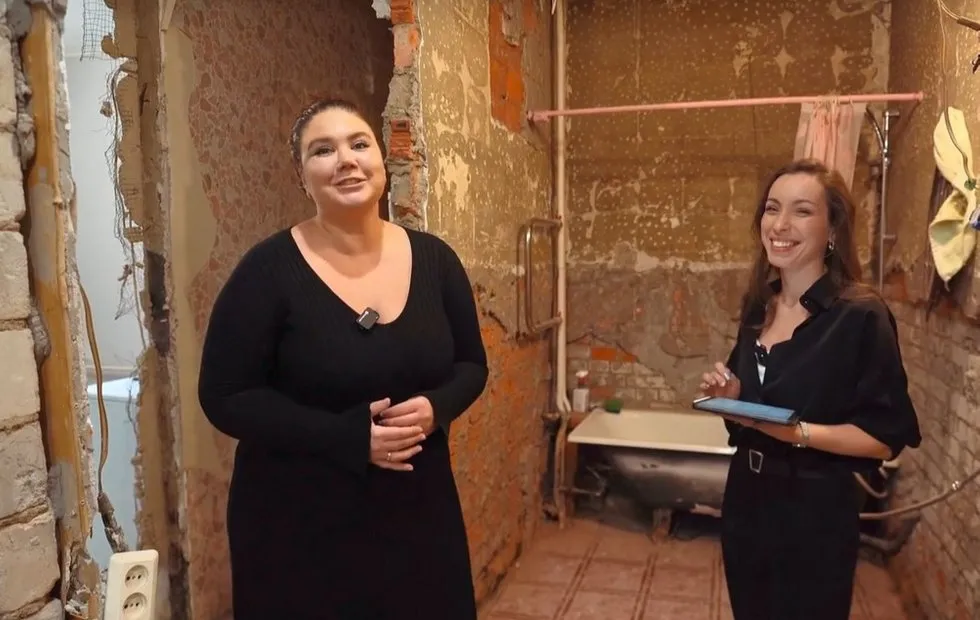 Two Bathrooms Instead of One: How to Maximize Small Spaces
Two Bathrooms Instead of One: How to Maximize Small Spaces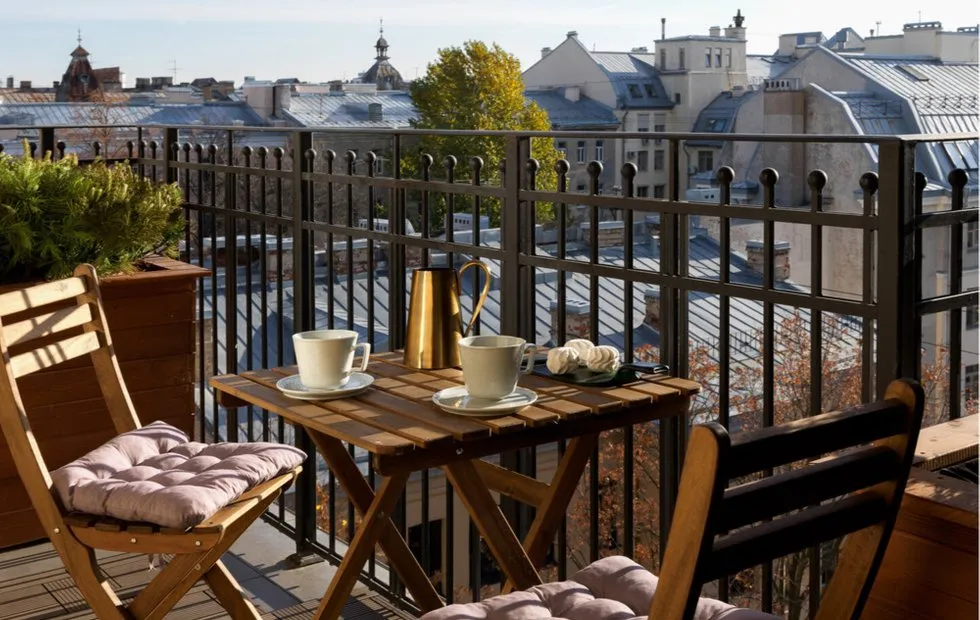 Preparing the Balcony for Summer: Ideas for Comfort and Order
Preparing the Balcony for Summer: Ideas for Comfort and Order From a Two-Room Apartment to a Three-Room Flat 55 m² with Circular Layout
From a Two-Room Apartment to a Three-Room Flat 55 m² with Circular Layout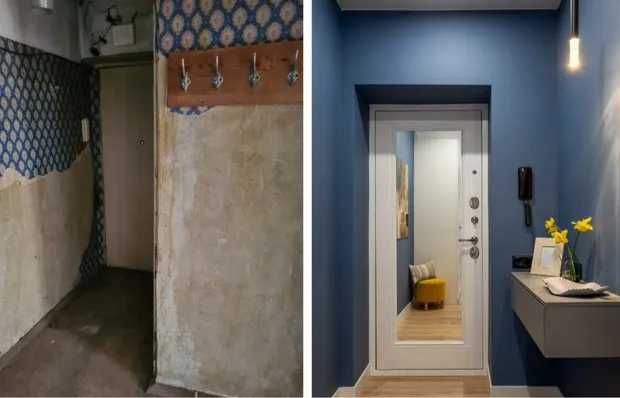 Before and After: How to Stylishly and Budget-Friendly Transform a Hallway in a Khrushchyovka
Before and After: How to Stylishly and Budget-Friendly Transform a Hallway in a Khrushchyovka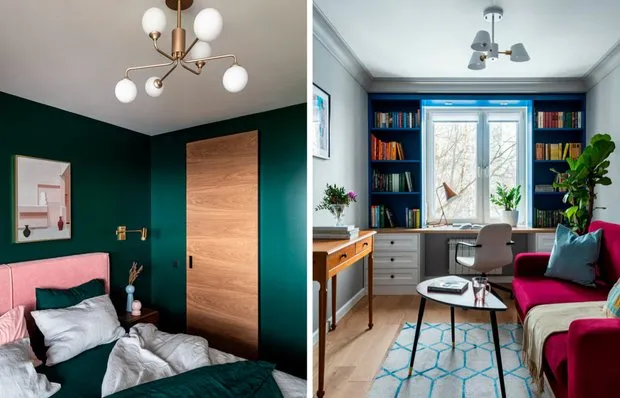 8 Great Design Solutions for Standard Panel Apartments
8 Great Design Solutions for Standard Panel Apartments What the Initial Budget Shows at the Start of a Renovation: Decoding Numbers and Hidden Costs
What the Initial Budget Shows at the Start of a Renovation: Decoding Numbers and Hidden Costs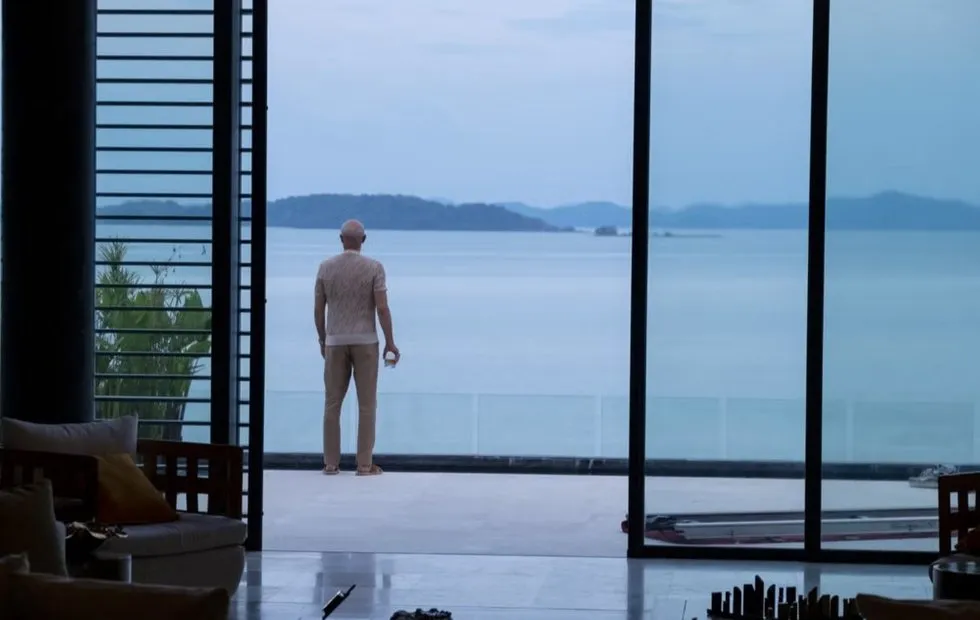 Villa Harry from 'White Lotus': Luxury Available to Everyone (Almost)
Villa Harry from 'White Lotus': Luxury Available to Everyone (Almost) Before and After: How Greatly Transformed the Kitchen-Dining Room on a Abandoned Country House
Before and After: How Greatly Transformed the Kitchen-Dining Room on a Abandoned Country House